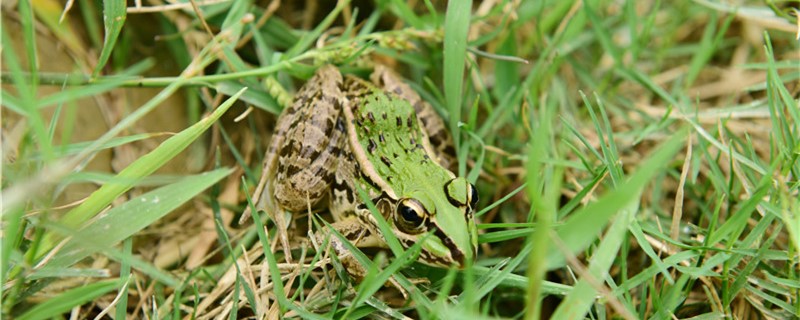 1. Can frogs dig holes
1. Can frogs dig holes Frogs are amphibians, and their basic characteristics all conform to the basic characteristics of amphibians, one of which is the change of body temperature. Amphibians belong to temperature-changing animals, and frogs also conform to this basic characteristic, and they are also temperature-changing animals. Therefore, when entering winter, the frog's body temperature will decrease with the decrease of the outside temperature, so their activity will decrease, and they will slowly enter the hibernation state until they completely enter this state.
In fact, from the end of autumn, frogs will be ready to hibernate, and at this time they will dig holes, because they need to hibernate in holes. When digging a hole, the frog will first find a suitable place, then squat down as much as possible, press a hole in the soil, and then continue digging with two hind legs until enough soil is dug out to form a cave. When winter comes, frogs hibernate in this cave. When the next spring comes and the temperature rises to a certain limit, the frogs' body temperature will also rise, and their hibernation will gradually end, and they will begin to climb out of their caves in search of food to eat.
2. When do frogs dig holesAs mentioned above, because frogs are temperature-changing animals, their activity will decrease in winter and then go into hibernation. Because frogs need to hibernate in caves, they will make corresponding preparations before entering hibernation, and digging holes is one of the important tasks. Frogs may dig holes when the temperature drops in late autumn, or when the temperature is already relatively low in early winter. Besides digging holes, frogs also make other preparations for hibernation, such as eating a large number of animals and storing energy in their bodies for winter.